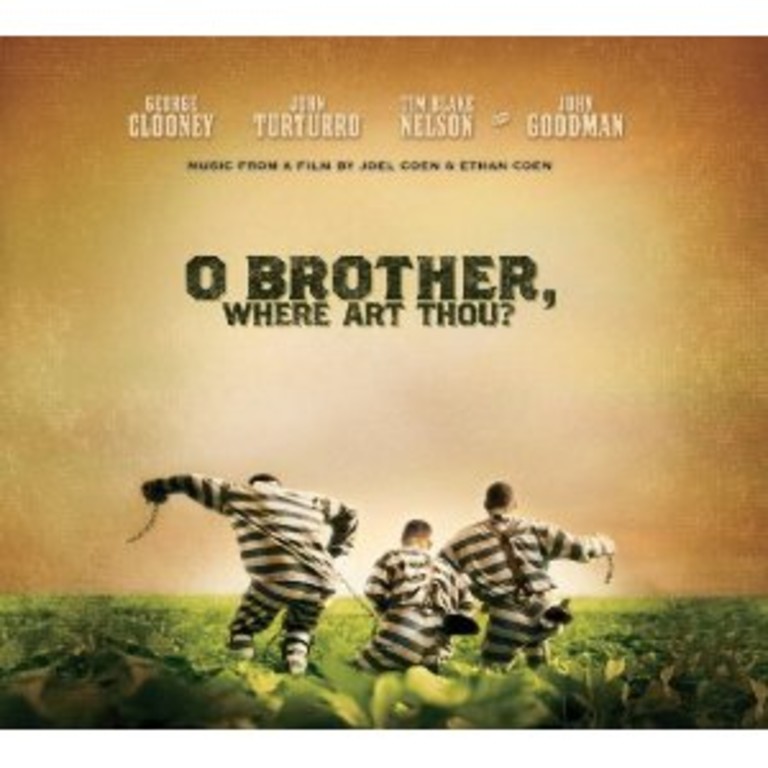
O brother, where art thou? : music from a film by Joel Coen & Ethan Coen
Musikk på CD · Engelsk · 2011
| Utgitt | [S.l.] : Mercury records , 2011
|
|---|---|
| Omfang | 2 kompaktplater (61, 36 min)
|
| Opplysninger | Mercury Records: 0602527489278. - Innhold: CD 1: Po' Lazarus / James Carter & The Prisoners. Big Rock Candy mountain / Harry McClintock. You are my sunshine / Norman Blake. Down to the river to pray / Alison Krauss. I am a man with constant sorrow / The Soggy Bottom Boys. Hard time killing floor blues / Chris Thomas King. I am a man with constant sorrow / Norman Blake. Keep on the sunny side / The Whites. I'll fly away / Alison Krauss and Gillian Welch. Didn't leave nobody but the baby / Emmylou Harris, Alison Krauss and Gillian Welch. In the highways / Sarah, Hannah and Leah Peasall. I am weary / The Cox Family. I am a man with constant sorrow / John Hartford. O death / Ralph Stanley. In the jailhouse now / The Soggy Bottom Boys. Indian war whoop / John Hartford. Lonesome valley / Fairfield Four. Angel Band / The Stanley Brothers. - CD 2: Hard time killing floor blues / Colin Linden. You are my sunshine / Alan O'Bryant. Tishomingo blues / John Hartford. I'll fly away / The Kossoy Sisters with Erik Darling. Big Rock Candy mountain / Van Dyke Parks. Tom devil / Ed Lewis & The Prisoners. Keep on the sunny side / The Cox Family. Angel Band / Sarah, Hannah and Leah Peasall and Robert Hamlett. Big Rock Candy mountain / Norman Blake. Little Sadie / Norman Blake. In the highways / The Cox Family. Hogfoot / John Hartford. The Lord will make a way / Fairfield Four. In the jailhouse now / Harley Allen
|
| Dewey | |
| Hylleplass | O (Musical/Film)
|
- Trondheim folkebibliotek: Byåsen bibliotek har 0 av 0 ledig (Oppdaterer)
- Trondheim folkebibliotek: Hovedbiblioteket har 0 av 0 ledig (Oppdaterer)
- Trondheim folkebibliotek: Moholt bibliotek har 0 av 0 ledig (Oppdaterer)
- Trondheim folkebibliotek: Risvollan bibliotek har 0 av 0 ledig (Oppdaterer)
- Trondheim folkebibliotek: Saupstad bibliotek har 0 av 0 ledig (Oppdaterer)
- Trøndelag fylkesbibliotek har 0 av 0 ledig (Oppdaterer)